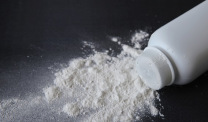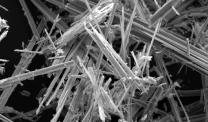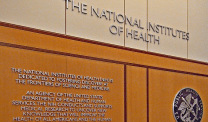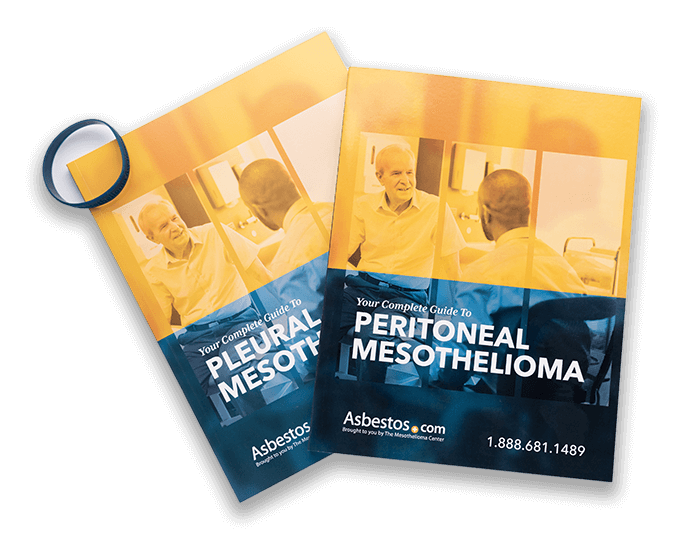Drug Repurposing Study Could Identify New Mesothelioma Treatments
Research & Clinical TrialsWritten by Tim Povtak | Edited By Walter Pacheco

The next breakthrough in the treatment of malignant mesothelioma may be quietly underway.
An international research team based at Temple University in Philadelphia recently identified four drug compounds – already being used safely for noncancerous conditions – that have shown impressive potential for treating mesothelioma. They were part of a novel drug repurposing project aimed at uncovering much-needed options for mesothelioma patients.
“Mesothelioma has shown resistance to all current treatments, including immunotherapy. Novel combinations are badly needed now,” Dr. Antonio Giordano, director of Sbarro Health Research Organization at Temple University, told The Mesothelioma Center at Asbestos.com. “The identification of these mesothelioma-tailored compounds, whose safety has already been assessed in other diseases, is a very solid starting point.”
Repurposing Speeds Up Treatment Process
The use of drug repurposing, also known as repositioning, is a strategy that has grown considerably in recent years. It identifies new treatment uses for already approved drugs, leading to the fastest possible transition from the laboratory to the clinic.
Using a drug for a medical condition that is different from what it was originally developed to treat eliminates most of the risks that come with developing a new drug from scratch.
“Drug repositioning is an efficient, alternative method to the traditional research and development of drug discovery, which is a well-known, complex, time-consuming and costly process,” Giordano said. “This is a most important finding for mesothelioma treatment.”
The journal Cancers published the study that detailed the findings of the Sbarro Health Research Organization. Stefano Landi and Federica Gemignani from the Department of Biology’s genetic unit at University of Pisa, Italy, assisted in the research.
Four Drugs Will Be Studied for Mesothelioma
What started with 1,170 drug compounds already approved for other human diseases was narrowed carefully to just four that showed surprising cytotoxic activity, particularly with patient-derived malignant mesothelioma cell lines.
These four will now be scrutinized closer both in vitro (in more laboratory testing) and in vivo (in living organisms) before potentially moving to mesothelioma clinical trials.
- Cephalomannine: This anti-tumor compound comes from the yew tree and has shown an ability to block targeted cell growth by stopping cell division.
- Ouabain: Another plant-based substance, ouabain is already used in the treatment of congestive heart failure and ventricular arrhythmias. It also has shown promise with leukemia and breast cancer.
- Thonzonium bromide: This drug has never before been seen as an anti-cancer agent. It is an anti-fungal ingredient used as an additive in ear and nasal drops to enhance dispersion and penetration of cellular debris. Its effectiveness may have been the biggest surprise.
- Emetine: Once the drug of choice in treating parasitic infections of the stomach and a home remedy for other gastrointestinal issues, emetine is derived from the ipecac plant root.
“We suggest that cephalomannine, ouabain, thonzonium bromide and emetine could represent novel candidates to be repurposed for improving the arsenal of therapeutic weapons in the fight against malignant pleural mesothelioma,” the authors wrote. “Once additional evidence on their effectiveness is proven, it could be foreseen as an application in a potential combined therapy.”
None of the four drugs have ever been tested against mesothelioma cell lines, according to the study.
Rare Cancers Benefit Most from Drug Repurposing
Drug repurposing is especially important for mesothelioma, a rare cancer with no definitive cure and a typically poor prognosis.
Pleural mesothelioma has been most successfully treated with a multidisciplinary approach that includes surgery, chemotherapy, immunotherapy and radiation, but less than a third of those diagnosed even qualify for surgery.
The average survival time for nonsurgical patients is only one year. Various immunotherapy drugs, although often highly touted, have been met with mixed results.
Most experts agree that future advancement will come from personalized drug combinations, which is what makes repurposing so important.
“That’s why we started fishing among a broad range of the repurposing drugs to detect the most active, and it’s paramount from now on to study the biological mechanisms underlying their activity,” Giordano said.
Researchers Seek Better Treatment Options
Repurposing first became popular almost 30 years ago when scientists started conducting screenings of the vast number of already approved drugs to see if they would work with other medical problems.
The most well-known example of effective drug repurposing is Viagra, which was originally developed by Pfizer to treat angina and hypertension. Only during later clinical trials did it show promise for treatment of erectile dysfunction.
Bringing a new drug to market can take almost 15 years. Repurposing drugs can cut the time in half while dramatically reducing the expense. That’s especially important for rare cancers such as mesothelioma, where research funding is often lacking.
According to the Anticancer Fund, an independent research group that focuses on cancer treatment, more than 300 noncancer drugs have shown some evidence of anti-cancer effects over the last several years. Many are being developed for a wide variety of malignancies.
“There are several evidences that the one-size-fits-all strategy in cancer treatment is hopeless,” Giordano said. “The identification of specific drugs in clinical settings must start from a solid, accurate, preclinical study like this.”







